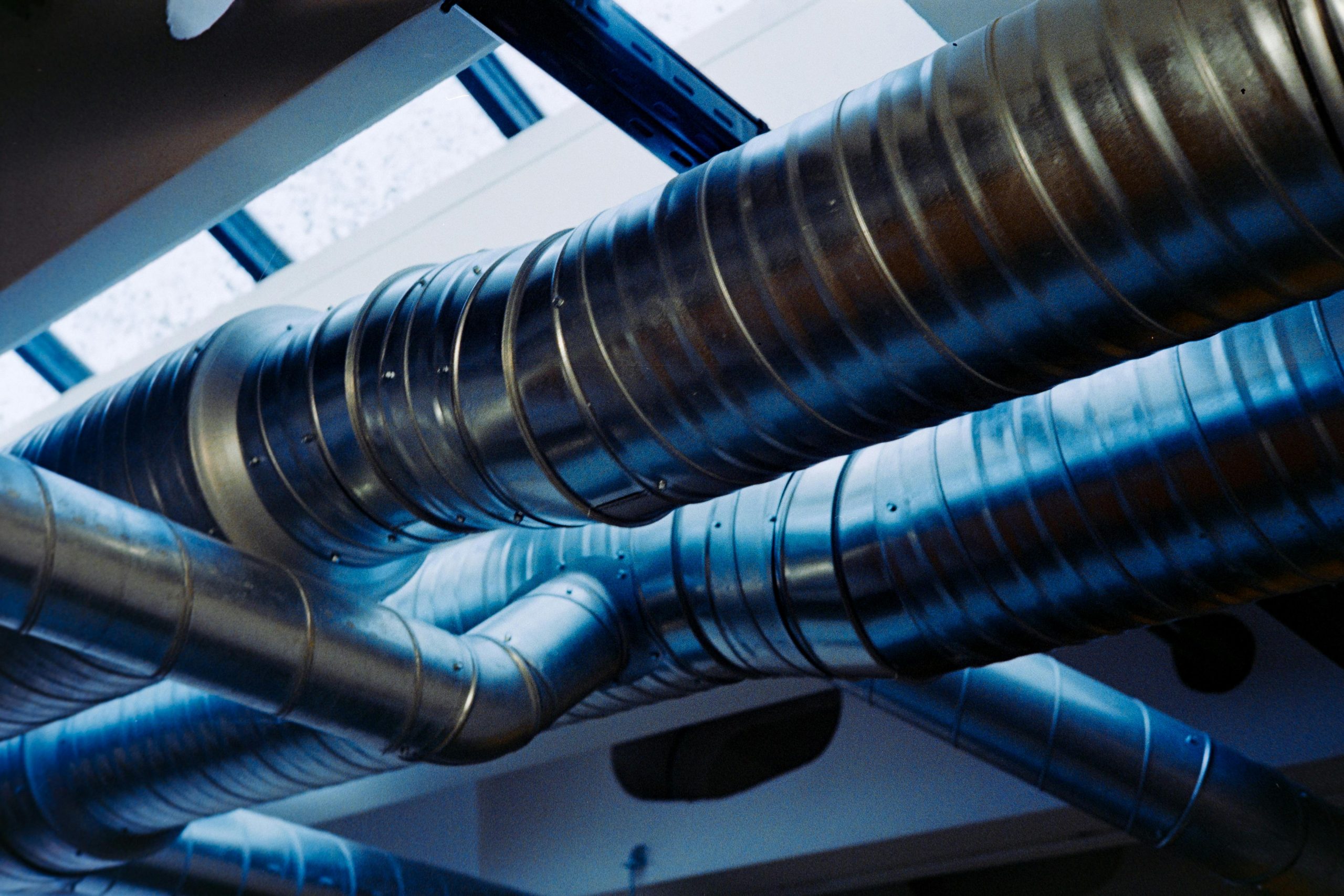
Introduction to HVAC Duct Leakage
Energy efficiency is a top priority for both homeowners and businesses. One of the most common yet overlooked causes of wasted energy is havc duct leakage. Leaky ducts can reduce HVAC system performance, increase energy costs, and compromise indoor comfort. Whether in residential, commercial, or industrial settings, understanding how to identify and address havc duct leakage is essential for long-term efficiency and cost savings.
What Is HVAC Duct Leakage?
Havc duct leakage refers to the escape of conditioned air through gaps, cracks, or poorly sealed connections in the duct system. This leakage reduces the system’s ability to deliver heated or cooled air effectively, forcing HVAC units to work harder.
Causes of HVAC Duct Leakage
- Poor installation practices
- Aging duct materials
- Loose or damaged seals
- Vibrations from HVAC equipment
- Wear and tear over time
Why It Matters
Unchecked havc duct leakage not only wastes energy but also increases utility bills and reduces comfort levels. In severe cases, it may even impact air quality by drawing in dust, allergens, or pollutants from unconditioned spaces.
Signs of HVAC Duct Leakage
Detecting havc duct leakage early can prevent major energy losses. Some of the most common signs include:
- Uneven heating or cooling across rooms
- Rising energy bills despite normal usage
- Weak airflow from vents
- Dust accumulation near registers
- HVAC equipment running longer cycles than usual
The Impact of HVAC Duct Leakage on Energy Efficiency
Increased Energy Costs
When air escapes through leaks, the HVAC system compensates by working harder. This overuse leads to higher monthly utility bills.
Reduced Comfort
Rooms farthest from the HVAC unit may receive insufficient air, causing hot or cold spots. Havc duct leakage undermines consistent temperature control.
Strain on HVAC Equipment
Leaky ducts shorten equipment lifespan by forcing units to run longer and more frequently.
Indoor Air Quality Issues
Leaks may pull in pollutants, mold spores, or allergens from attics, crawlspaces, and basements, lowering indoor air quality.
Testing for HVAC Duct Leakage
Professional testing is the best way to determine the severity of havc duct leakage.
Duct Blower Test
This test involves pressurizing the duct system with specialized equipment to measure air leakage rates.
Visual Inspections
Technicians may use smoke pencils or infrared cameras to identify leaks.
Energy Audits
An energy audit provides a comprehensive overview of how havc duct leakage contributes to energy waste.
Solutions for HVAC Duct Leakage
Addressing havc duct leakage requires targeted solutions that improve efficiency and restore system performance.
Professional Duct Sealing
Sealing leaks with mastic, aerosol sealants, or metal-backed tape ensures a long-lasting fix.
Duct Insulation
Insulating ducts prevents energy losses while reducing strain on HVAC equipment.
System Upgrades
In cases of severe havc duct leakage, upgrading or replacing damaged ducts may be necessary.
Regular Maintenance
Routine inspections keep duct systems efficient and prevent minor leaks from becoming major issues.
Benefits of Fixing HVAC Duct Leakage
Energy Savings
Properly sealed ducts can reduce energy consumption by up to 30%.
Enhanced Comfort
Addressing havc duct leakage ensures even airflow and consistent temperatures throughout the property.
Improved Indoor Air Quality
Sealed ducts prevent contaminants from entering conditioned spaces.
Longer HVAC Lifespan
By reducing unnecessary strain, sealed ducts extend equipment life.
HVAC Duct Leakage in Residential Buildings
Homeowners are especially vulnerable to havc duct leakage. Many homes lose up to 20–30% of conditioned air due to poorly sealed ducts. Regular inspections and sealing can significantly reduce energy waste while improving comfort.
HVAC Duct Leakage in Commercial Properties
For businesses, havc duct leakage leads to higher operating costs and inconsistent workplace comfort. Addressing leaks improves productivity by maintaining optimal indoor conditions while reducing utility expenses.
Compliance and Building Codes
In states like Florida and others with strict energy codes, havc duct leakage testing is mandatory for new construction and major renovations. Meeting these requirements ensures compliance and boosts property value.
Preventive Measures Against HVAC Duct Leakage
Design and Installation Best Practices
Proper duct design, correct sizing, and careful installation minimize leakage risks.
Scheduled Inspections
Routine inspections help detect and address havc duct leakage before it becomes a costly problem.
Homeowner Awareness
Educating property owners about the risks and solutions of havc duct leakage ensures better long-term performance of HVAC systems.
Why Choose Professional HVAC Duct Leakage Services
While DIY fixes exist, hiring certified professionals ensures accurate testing and effective solutions. Experienced technicians use advanced tools to detect leaks and apply long-lasting sealing methods that maximize efficiency.
Conclusion
Havc duct leakage is one of the most significant yet often overlooked contributors to energy waste. From higher energy bills and reduced comfort to poor indoor air quality and equipment strain, its impact is far-reaching. By identifying, testing, and addressing havc duct leakage through professional solutions, homeowners and businesses can significantly cut energy costs, improve comfort, and extend HVAC system life. Preventing energy waste starts with well-maintained duct systems, making duct leakage solutions an essential investment for long-term efficiency and sustainability.